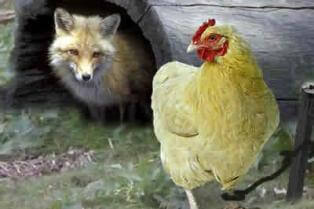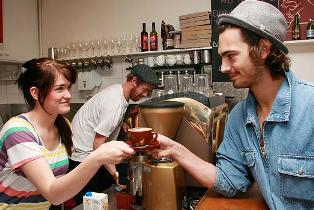Once the practicalities of moving to Australia have been organized, immigrants can focus on the social aspects. While a NAATI translator can help with immigration translations, immigrants need to find their own feet with regards to Australian social customs.
Barbecues
Barbecues, BBQs or Barbies are the typical focus of any gathering inAustralia. The weather, scenery and general enjoyment of an outdoor lifestyle, mean that cooking outdoors is a perfectly natural activity. Generally speaking the host will cook and serve the meat and provide salad and breads. It is common and polite for guests to ask if they should bring anything and this offer may or may not be accepted. Typical foods served at barbecues includes snag (sausages), chook (chicken) or sangers (sandwiches). The host may also offer guests a tinny (can of beer).
Bringing a plate
If an invitation asks guests to “bring a plate” it means to bring a plate of food. Usually this food should be ready to serve, for example sandwiches or cake. Sometimes the host will actively organize for specific individuals to bring specific foods to ensure that there is an appropriate balance between the types of foods available.
BYOB – Bring your own bottle
Often inAustralia, a party host will provide food but the invitation will say BYOB, which essentially means that guests are responsible for their own drinks. This is an easy way for the host to ensure that people can have what they want to drink without the host having to deal with the expense and hassle of organizing it. Some cafes and even restaurants display a BYOB sign, which basically means that guests can bring their own drinks (from off-licences) and will only be charged “corkage”, which is a charge for proving the glasses. Those who do not drink alcohol can bring soft drinks.
Shouting a round
In Australia, it is usual for people to take turns buying drinks in pubs. The designated person “shouts a round” for everyone in their group, queues and pays for it. Those who don’t drink alcohol can sit out this custom, although many teetotallers do choose to partipate.
Having a cuppa
In spite of the heat, Australians enjoy tea and coffee, the drinking of which is referred to as “having a cuppa”.
Needing the bathroom
While Australians do use the terms bathroom and toilet, in many situations, it’s more common to hear the slang terms loo or dunny.
Although Australia does have its own unique slang, which can prove a challenge even for native speakers of English, the fact that they are generally very accommodating to people new to their country makes it very easy for new immigrants to integrate there.
Image “Girl showing party time in laptop” by Stuart Miles from FreeDigitalPhotos.net















